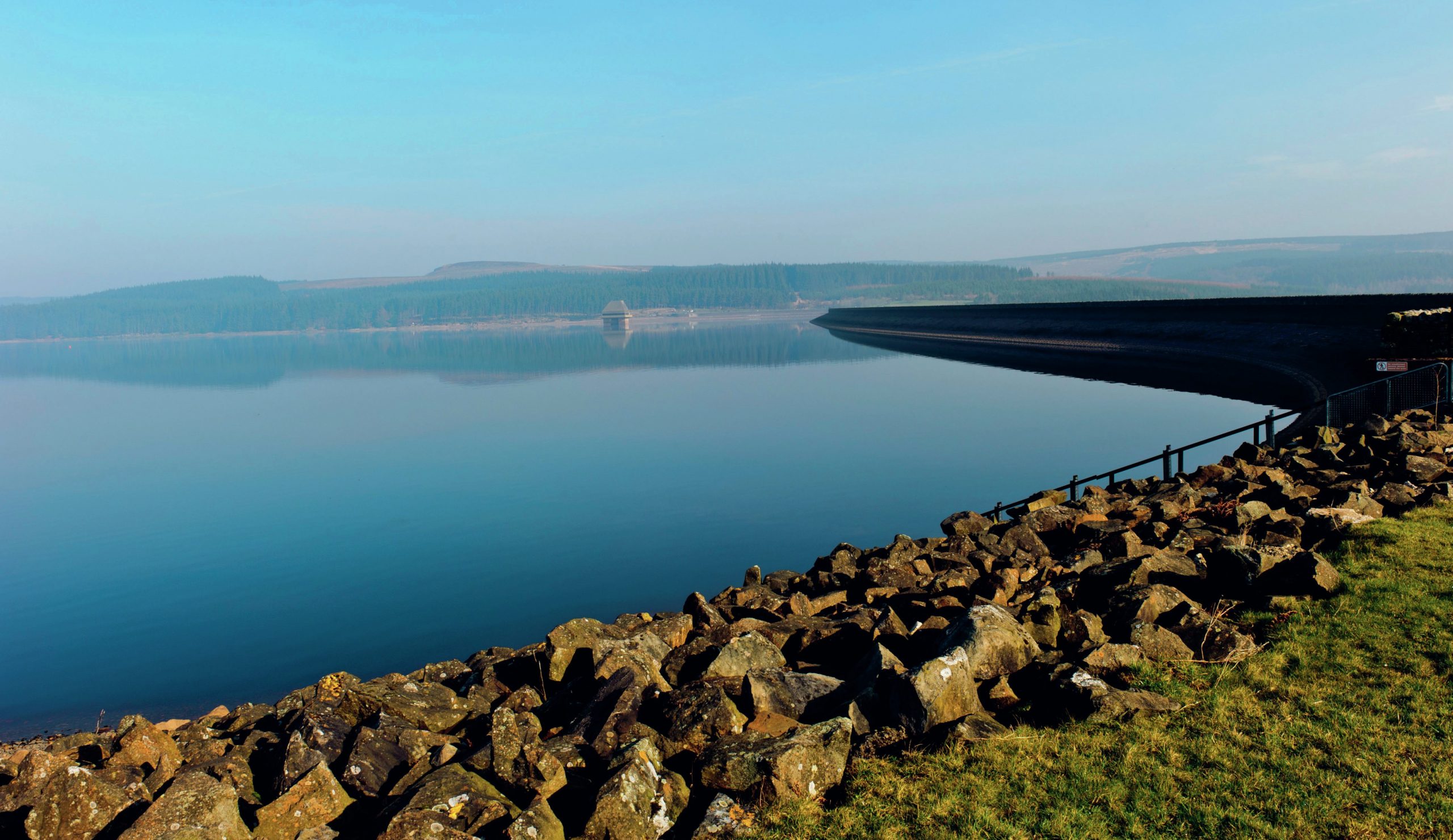
During the hot dry summer of 2018, the number of people visiting Ladybower reservoir in the Peak District National Park rose considerably. The reason was that the reservoir had shrunk alarmingly and as the water receded the remains of the small village of Derwent, which had been flooded when the waters rose to fill the reservoir in 1945– 47, could be seen again. Some of the visitors that summer were those whose families had lived in these very houses before the reservoir was built. This shrinkage highlights the vulnerability of the UK’s water supply.
The UK receives an average annual rainfall total of around 885 mm, but the unequal distribution of this rainfall can lead to a crisis over water security in some regions. In the UK’s northwest, a high average rainfall and low population means that overall water use is low and therefore supply exceeds demand, so there is water security. However, in the southeast the opposite is true — lower average rainfall and a higher population means that demand can often outstrip supply, creating a water deficit and a threat of water insecurity (see figures on back page).
Your organisation does not have access to this article.
Sign up today to give your students the edge they need to achieve their best grades with subject expertise
Subscribe




